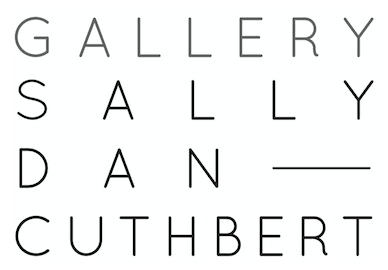SERIES 36 | Episode 05
We meet a Perth artist, sculptor and designer creating highly tactile art through its connection to timber.
“I think, because it comes from a living thing, it’s quite connected to our own matter,” says Olive Gill-Hille. “It’ a material that just invites touch.”
Olive mostly works with native Australian hardwoods, such as jarrah, karri, tuart and sheoak. Most of the timber is salvaged or what Olive calls “road-kill timber”: fallen in storms or cut due to overhead powerlines.
Shape is important – gnarly forms help inspire what the final piece will look like.
Both Olive’s parents were painters and making things was always part of the family’s everyday life. At 18 Olive moved to Melbourne to study at the Victorian College of the Arts and tried a range of mediums but always loved timber, so went to RMIT afterwards to study furniture design.
She returned to Perth when her father was unwell and now feels being based in the west has become a big part of her art practice. Now lives in Fremantle, and has a steep garden dominated by a tall, stone-faced retaining wall. Native plants share spaces with potted succulents and stone features.
Olive calls her preferred material “Goldilocks” timber that isn’t too degraded, isn’t being used as habitat, but is also a bit seasoned, not green, as this might crack.
She removes the outer layers of bark and soil and then then intuitively starts carving the shape. Sometimes this is dictated by the timber and sometimes a shape she imposes on the wood.
She then uses orbital sanders to polish the timber, finishing the pieces with hand sanding for an ultra-smooth finish.
The jarrah, karri and sheoaks all have red timber with high levels of tannins, which has a natural reaction with a vinegar-iron oxide solution: it’s called an ebonising solution and it gives a blackened look to the timber.
Some pieces of work area easy and freeing because she feels so connected to the piece, while other pieces are a struggle. “In some ways those artworks are more rewarding because they’ve been that much harder to make, but in other ways they can be quite difficult,” she says.
“After I’ve worked with the timber it starts a new life in someone’s home as a new object so there’s a real lifecycle to each of the works: the living tree, the dead timber and the art object.”
Filmed on Whadjuk Country | North Fremantle, WA
March 30, 2025


